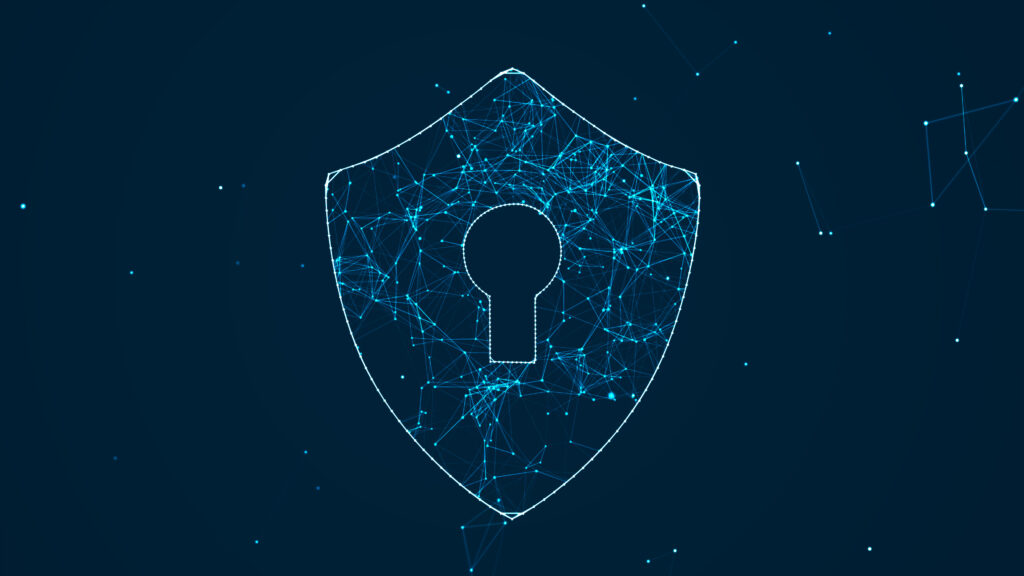Are you ready to dive into the world of digital threats? Brace yourself as we demystify the difference between computer viruses and malware. These sinister entities may seem similar, but they each possess unique characteristics that make them a menace to our digital existence. Let’s unravel the truth behind these malicious adversaries and equip ourselves with knowledge to combat their insidious ways.
The Virus: Unleashing Chaos
Picture a virus as a cunning infiltrator, stealthily replicating itself and spreading from one device to another. Much like a biological virus, it attaches itself to host files or programs, waiting for an opportune moment to strike. Once activated, its mission is clear – to cause destruction, chaos, and despair.
Viruses primarily aim to corrupt, delete, or modify files and programs.
They can spread through infected email attachments, software downloads, or even shared files on removable media.
Their presence often goes unnoticed until havoc ensues. You may find your device slowing down, experiencing unexpected crashes, or witnessing strange behavior, leaving you bewildered and frustrated.
Malware: An Enigmatic Threat
Malware, on the other hand, encompasses a broader category of malicious software, including viruses. It’s an umbrella term that covers various digital adversaries, each with its own nefarious agenda. From spyware silently monitoring your activities to ransomware holding your files hostage, malware comes in many forms, all designed to exploit vulnerabilities and compromise your digital security.
Unlike viruses, malware is not limited to self-replication. It can be introduced through deceptive email links, compromised websites, or even sneaky social engineering tactics.
Once installed, malware can access sensitive information, track your online activities, or render your device completely unusable. Its ultimate goal is to profit from your digital vulnerability while leaving you in a state of distress.

Staying Vigilant: Protecting Against Viruses and Malware
Now that we understand the distinction between viruses and malware, it’s essential to focus on prevention. Safeguarding your digital ecosystem requires a combination of proactive measures and ongoing vigilance. Here are some key steps to fortify your defenses:
- Stay Wary of Suspicious Sources: Avoid clicking on suspicious links, downloading files from untrusted websites, or opening email attachments from unknown senders. These are common entry points for both viruses and malware, often disguised as innocent or enticing content.
- Regularly Update Software and Security Patches: Keep your operating system, applications, and security software up to date. Developers release updates to address vulnerabilities and patch security loopholes that viruses and malware exploit. Stay one step ahead by installing these updates promptly.
- Employ Robust Antivirus and Anti-Malware Solutions: Arm your devices with reliable antivirus and anti-malware software. These powerful guardians scan, detect, and neutralize threats before they can wreak havoc on your digital realm. Regularly update these programs to ensure they possess the latest virus and malware definitions.
Conclusion: Empowered and Protected
You are now armed with the knowledge to differentiate between viruses and malware, two formidable foes in the digital landscape. By staying vigilant, practicing safe browsing habits, and maintaining up-to-date security measures, you fortify yourself against their malicious intent. Remember, prevention is paramount, and a proactive approach to digital security ensures a safer and more enjoyable online experience.
Take charge of your digital destiny and protect what matters most – your data, your privacy, and your peace of mind.
(Sources: Australian Government – www.australia.gov.au, Norton – au.norton.com)




